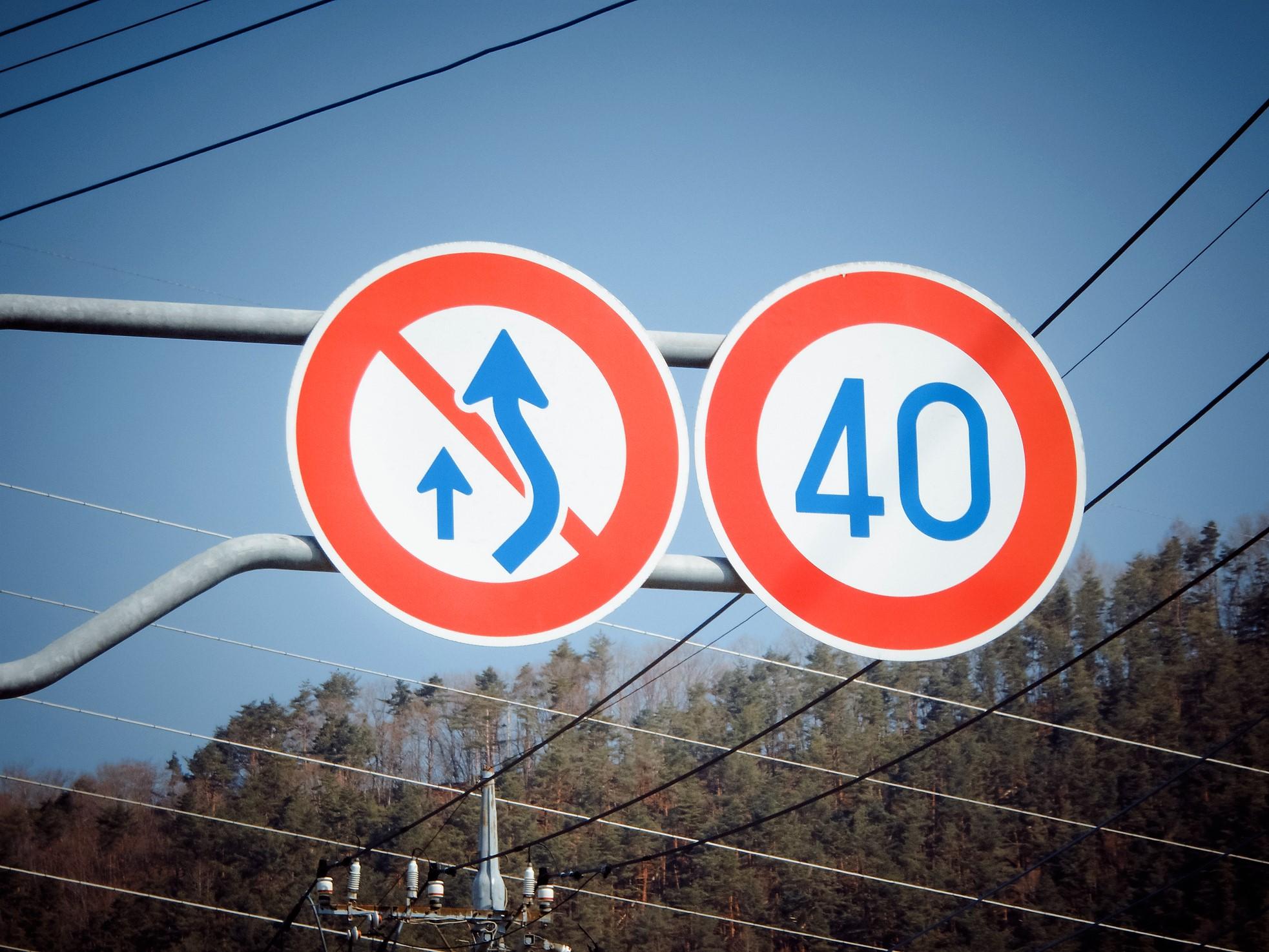Tesla cars can now ‘read’ road signs after major update
Latest feature also gives Autopilot system ability to understand traffic lights

Your support helps us to tell the story
From reproductive rights to climate change to Big Tech, The Independent is on the ground when the story is developing. Whether it's investigating the financials of Elon Musk's pro-Trump PAC or producing our latest documentary, 'The A Word', which shines a light on the American women fighting for reproductive rights, we know how important it is to parse out the facts from the messaging.
At such a critical moment in US history, we need reporters on the ground. Your donation allows us to keep sending journalists to speak to both sides of the story.
The Independent is trusted by Americans across the entire political spectrum. And unlike many other quality news outlets, we choose not to lock Americans out of our reporting and analysis with paywalls. We believe quality journalism should be available to everyone, paid for by those who can afford it.
Your support makes all the difference.Tesla has rolled out a major software update that allows its electric cars to detect and understand speed limit signs.
The latest features come just over a month after Tesla boss Elon Musk promised fully self-driving vehicles on the road by the end of the year.
The release notes for Tesla's 2020.36 software update, first reported by Electrek, details how the car's inbuilt external cameras will now scan the roadside for speed limit signs and use the input to improve its Autopilot system.
"Speed Assist now leverages your car's cameras to detect speed limit signs to improve the accuracy of speed limit data on local roads," the update states.
"Detected speed limit signs will be displayed in the driving visualisation and used to set the associated Speed Limit Warning."
Drivers will then be able to set the car's current speed to the speed limit through a feature called Traffic-Aware Cruise Control.
Tesla said the traffic light detection system is "only designed as a notification", and that drivers are ultimately responsible for observing the rules of the road.
The feature will alert drivers with a chime sound when a traffic light that they are waiting at turns green.
The update states: "If you are waiting behind another car, the chime will play once the car advances unless Traffic-Aware Cruise Control or Autosteer is active."
All of the new updates roll into Tesla's Navigate on Autopilot setting, which provides close to fully autonomous driving capabilities. Existing features include automatically passing slow cars and taking slip roads off motorways.
The latest updates were first teased by Musk in 2018, who tweeted: "Already testing traffic lights, stop signs and roundabouts in development software."
He added: "Your Tesla will soon be able to go from your garage at home to parking at work with no driver input at all."
Previous self-driving predictions have had to be revised in the past after the technology was blamed for at least one fatal crash.
But during an earnings call last month, Musk revealed that he was already testing the development software of the most advanced self-driving system on his commute to work in Los Angeles.
"It’s almost getting to a point where I can go from my house to work with no interventions, despite going through construction and widely varying situations,” he said.
“So this is why I’m very confident about full self-driving functionality being complete by the end of this year. It’s because I’m literally driving it.”
Join our commenting forum
Join thought-provoking conversations, follow other Independent readers and see their replies
Comments